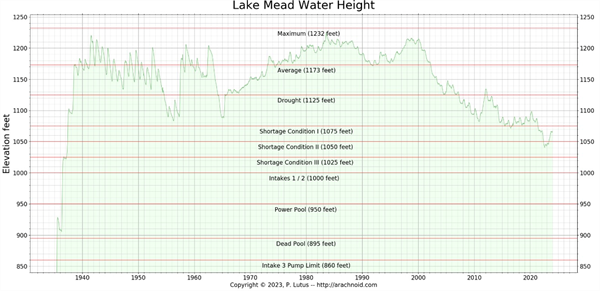-
Nov 17, 2021INSV Infected Lettuce Showing Up in Desert*
Over the past few weeks, there have been anecdotal reports suggesting that lettuce plants with INSV-like symptoms were showing up in the field. Then last week, we received symptomatic plant samples from two different fields that confirmed the presence of Impatiens Necrotic Spot Virus (INSV). Plant tissue collected from the symptomatic romaine plants tested positive for INSV using both Immunostrips and ELISA assays. In each case, the plants were found in transplanted romaine lettuce fields. So far the incidence of INSV symptomatic plants in fields is very low; almost non-detectable. Nonetheless, the thrips transmitted virus has returned to desert lettuce. We suspect that these infected plants were either infected before they arrived in the desert, or later from infected adult thrips arriving with transplants. This hypothesis is supported by research conducted by our local team of UA scientists at the Yuma Ag Center (Bindu Poudel-Ward, Stephanie Slinski, Marco Pena, Samuel Discua-Duarte and myself) who are studying INSV epidemiology and thrips ecology in weeds, lettuce, and alternate crops hosts. To date, research has shown that INSV has not been detected in over 1600 weed samples collected since September from areas where INSV was present last spring. Furthermore, all thrips collected from weeds have also tested negative for the virus. This strongly indicates that INSV did not bridge the lettuce-free period between last spring and this season in our cropping landscape.
So keep a close lookout for INSV symptomatic plants in your fields as the season continues. In my experience most infected plants that test positive (+) for INSV have the following general symptoms:- Have necrotic spotting or lesions on leaves that resembles chemical burn.This can look like chemical spotting or pooling resulting from a pesticide spray, or look like “cultivator blight” - a leak from a hydraulic or fertilizer hose.
- Necrotic symptoms can be found on young and old growth.
- Infected plants are generally smaller or stunted compared with the healthy, non-affected plants around it.
But symptoms can be decieving. It is very important that plants be tested as soon as possible when INSV infection is suspected. For example, the first two images below show symptoms observed on INSV infected (+) plants collected this season in Yuma. Note that the symptoms resemble chemical burns. But, we’ve also been fooled a couple of times this season when we suspected plants were infected with INSV based on symptoms only to find the plants were INSV negative (+) following an ELISA assay. There are rapid Immunostrip kits commercially available that allow you to quickly test in the field, and feel free to bring symptomatic plants into our labs here at the Ag Center for confirmation.
Last but not least, western flower thrips numbers have steadily been increasing on older lettuce plants based on our weekly lettuce samples conducted throughout the area. Keep in mind, even with the cooler weather ahead, thrips won’t disappear in the winter. They don’t move much and reproduce and develop at a slower rate. However, the fewer thrips that develop during the winter means fewer that will likely be around to infest lettuce when temperatures warm up again in late January. So stay vigilant with your thrips management particularly now that fields are being harvested throughout the area. It is important that growers rapidly disk fields under as soon as practical following harvest to minimize movment of adult thrips to adjascent fields and weeds. For more information on thrips management in desert lettuce go to: Rethinking Thrips Management in Desert Lettuce.
Small romaine plant that tested (+) positive for INSV: Note symptoms resembling chemical burn.

Older romaine plant that tested (+) positive for INSV: Note symptoms resembling chemical burn.

Older romaine plant that tested (-) negative for INSV; most likely chemical burnTo contact John Palumbo go to: jpalumbo@ag.Arizona.edu












